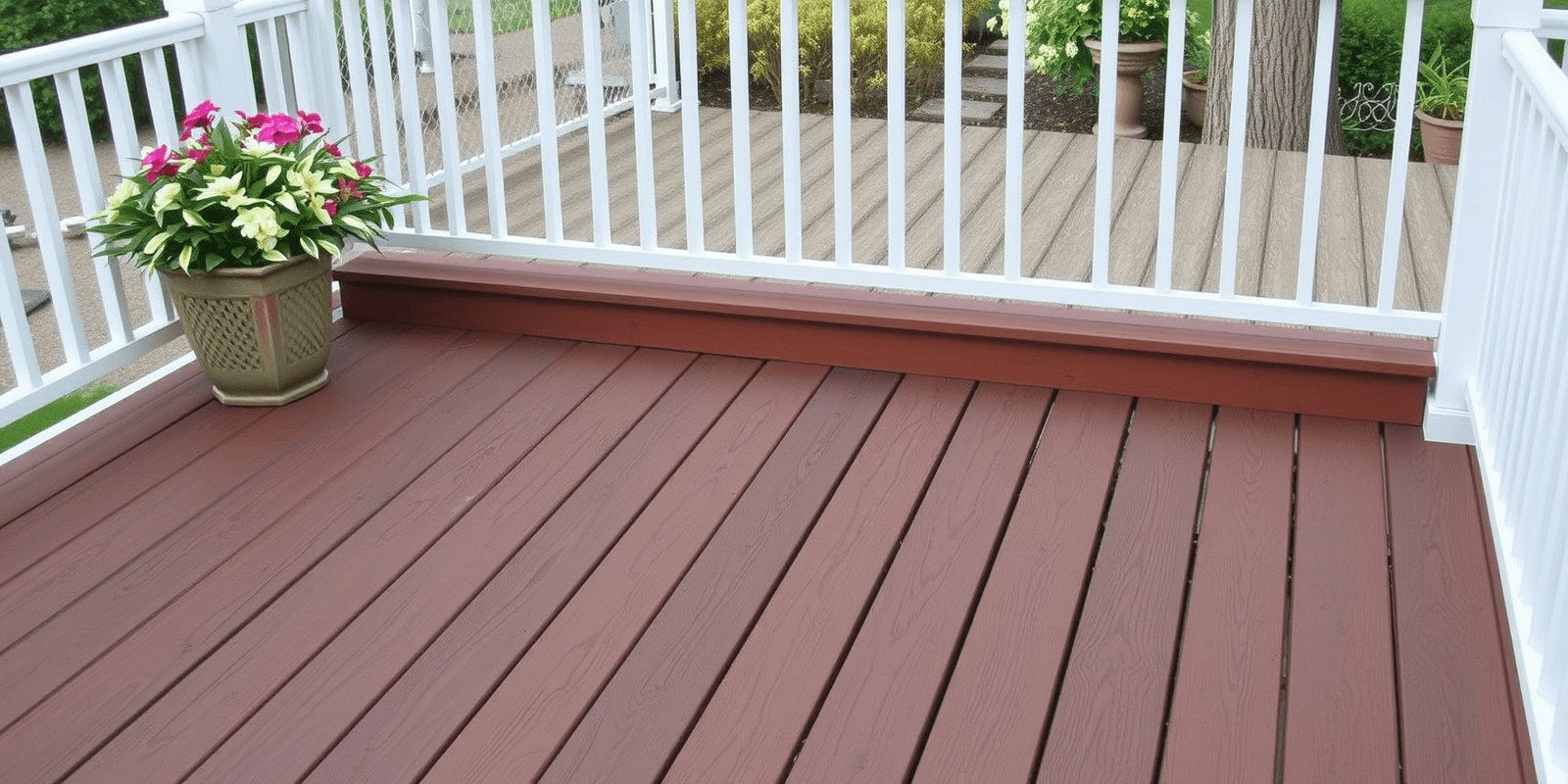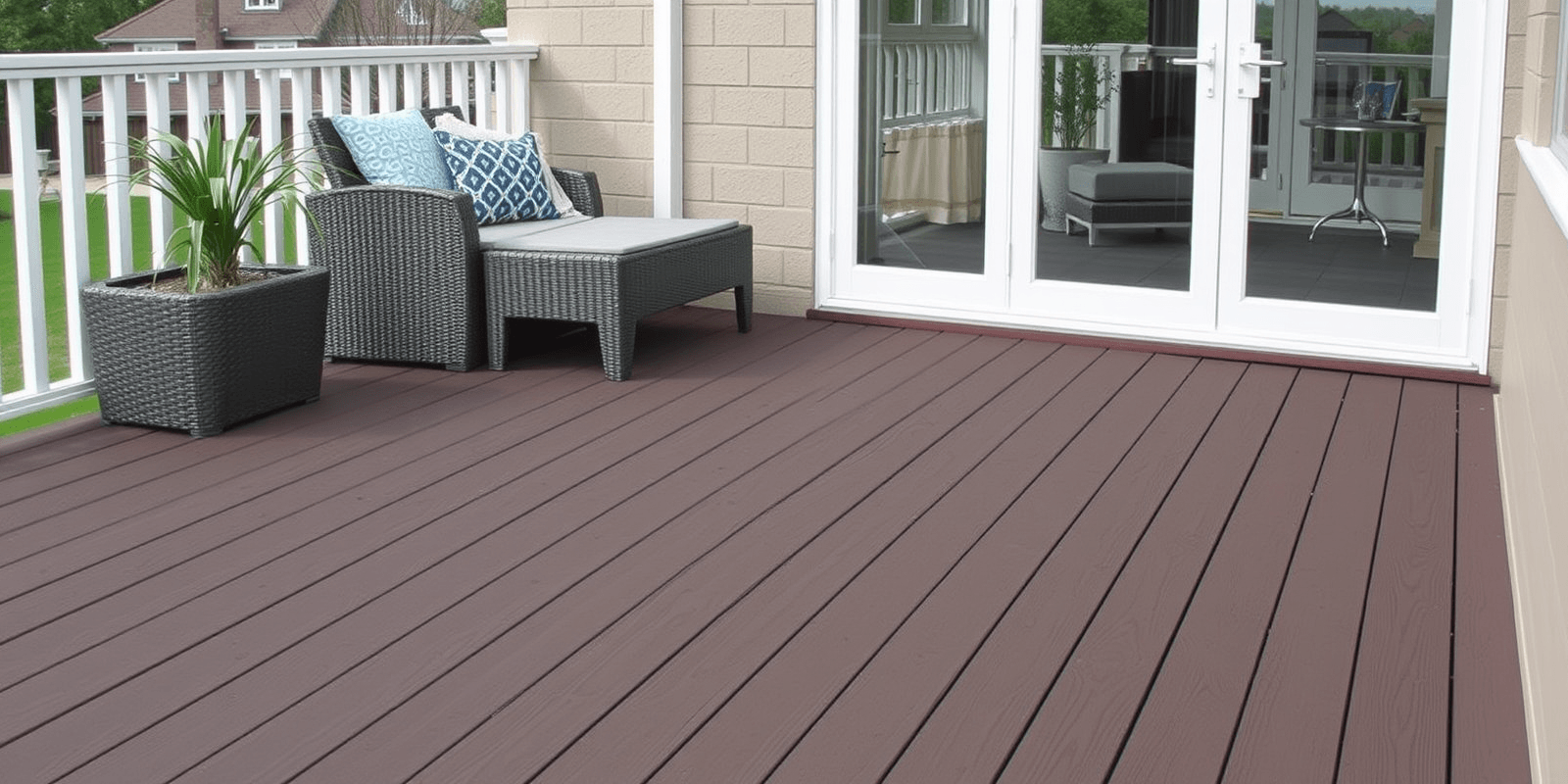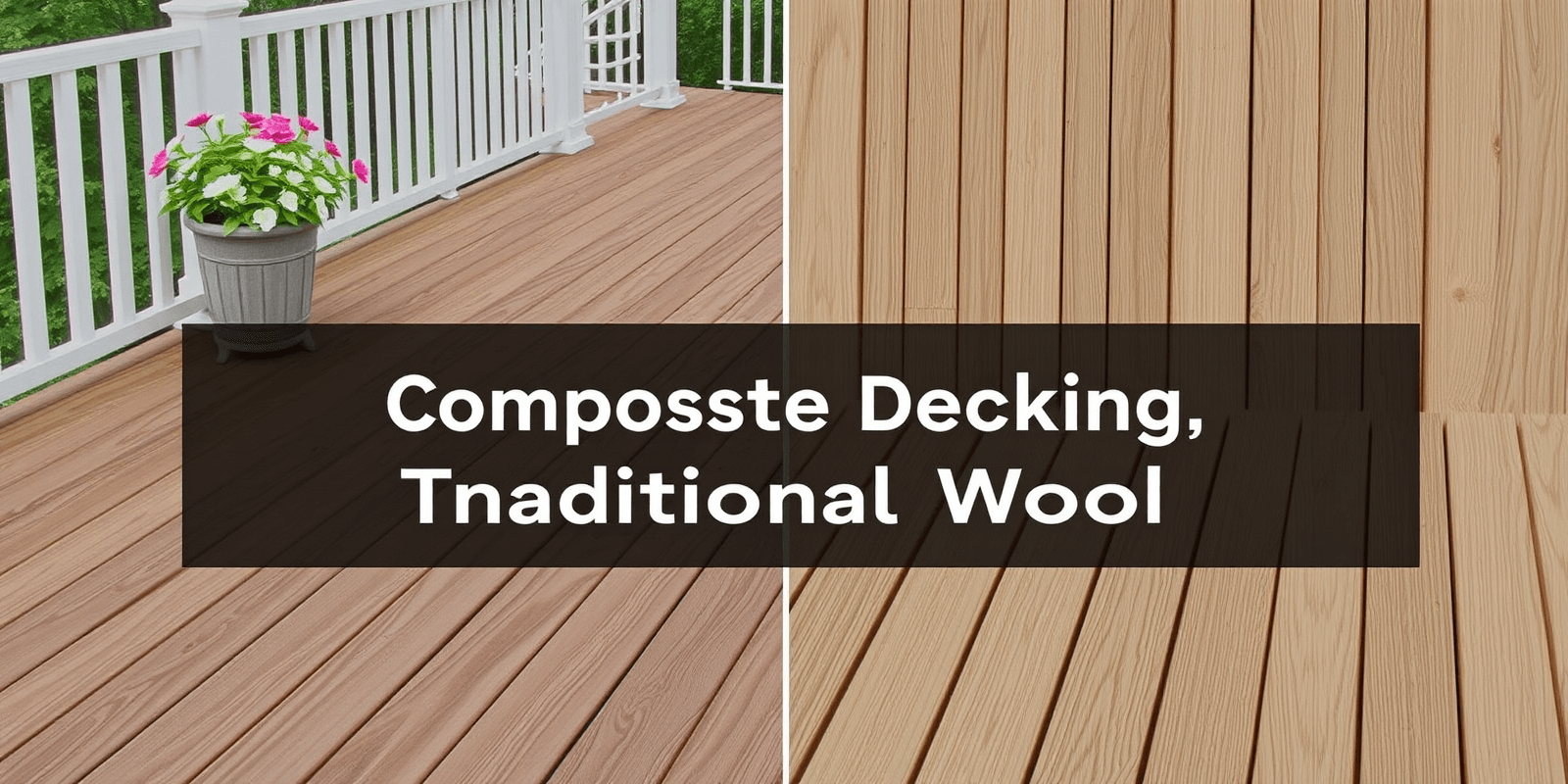“`html
What Materials Make Up Composite Decking Wood?
Discover the unique blend of materials that make up composite decking wood and learn how they enhance its durability and sustainability.
Introduction to Composite Decking Wood
Composite decking has emerged as a popular alternative to traditional wooden decks due to its durability, low maintenance requirements, and eco-friendly nature. The composition of composite decking involves a mix of recycled plastics, wood fibers, and binding agents, which work together to create a robust material that can withstand outdoor conditions for years.
The Building Blocks of Composite Decking Wood
Recycled Plastics: One of the key components in composite decking is recycled plastics, often sourced from milk jugs and detergent bottles. These plastics provide the structural integrity and resistance against moisture and rot, which are common issues with traditional wooden decks. The use of recycled materials also contributes to the sustainability aspect of composite decking by reducing landfill waste.
Wood Flour: Another essential ingredient is wood flour, which is finely ground wood particles. Wood flour adds natural aesthetics to the composite decking, making it resemble real wood. It also enhances the strength and rigidity of the decking, contributing to its overall durability.
Binding Agents: To hold all these components together, composite decking uses binding agents like polyethylene or polypropylene. These agents ensure that the different materials bond effectively, creating a uniform and stable product. Binding agents also improve the weather resistance of the decking, making it more durable against the elements.
Comparing Composite Decking with Traditional Wooden Decks
While traditional wooden decks require regular maintenance, such as staining and sealing to prevent decay and insect damage, composite decking offers a lower maintenance solution. The combination of recycled plastics, wood flour, and binding agents in composite decking provides a longer-lasting, more resilient option. Additionally, composite decking resists fading, warping, and splintering, which are common problems with untreated wood.
From an environmental perspective, composite decking is more sustainable than traditional wooden decks. By using recycled materials, composite decking reduces the demand for virgin wood and helps decrease deforestation. Furthermore, the longevity of composite decking means fewer replacements over time, resulting in less waste and a smaller carbon footprint.
“`



